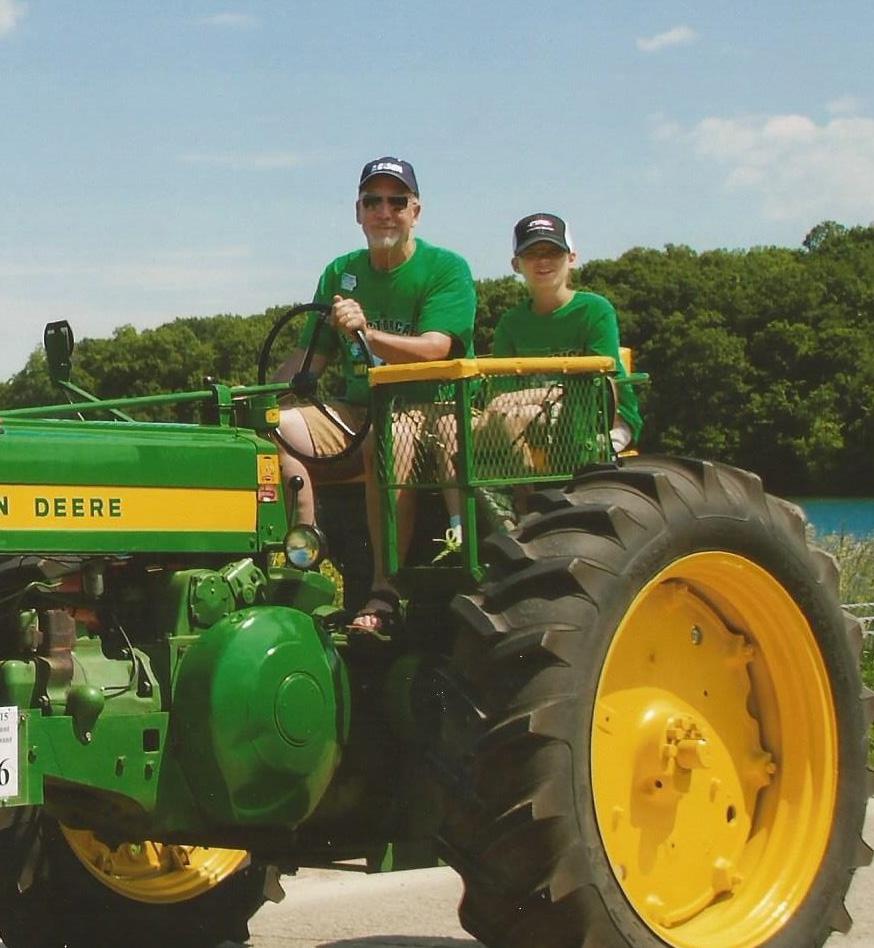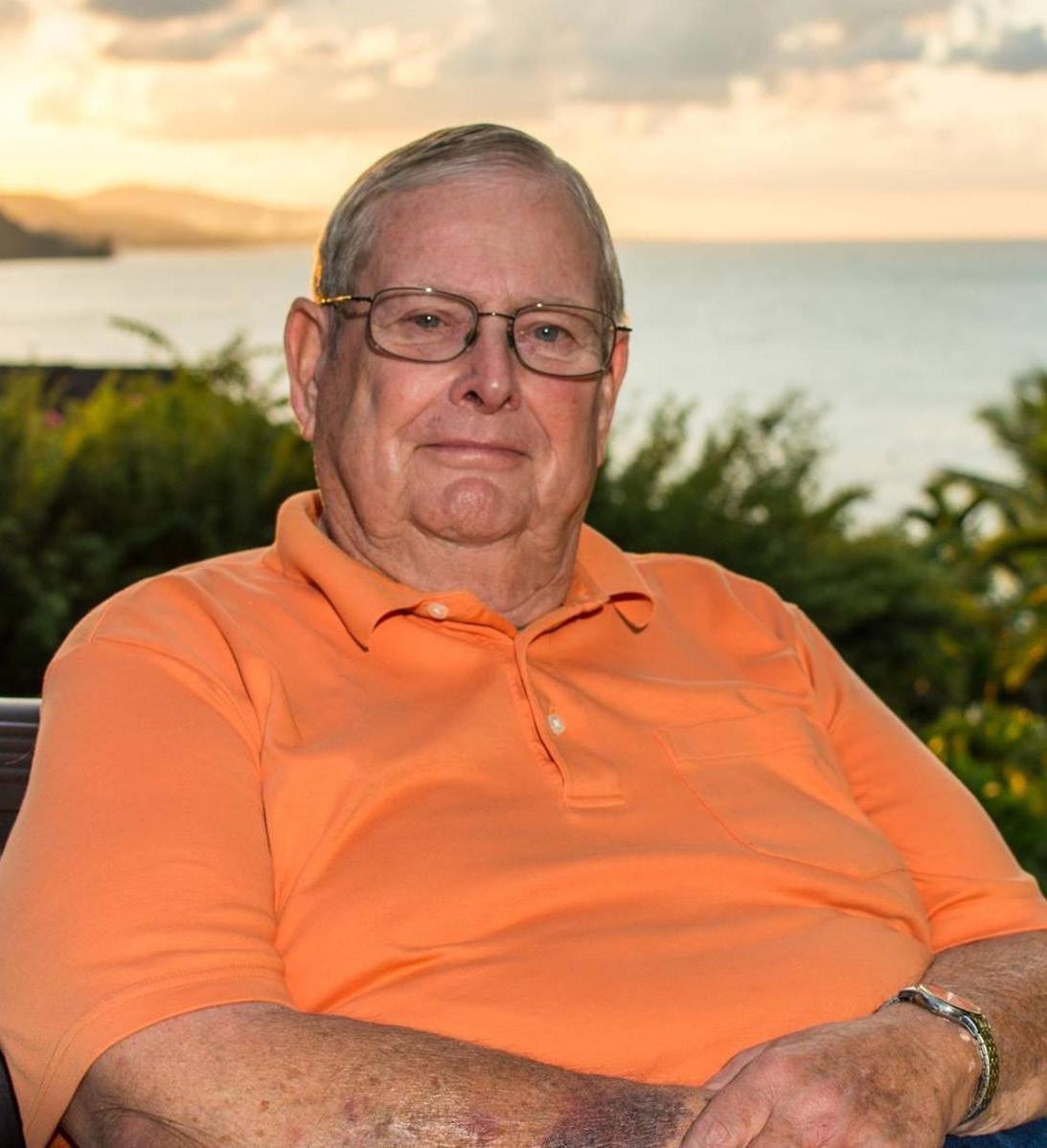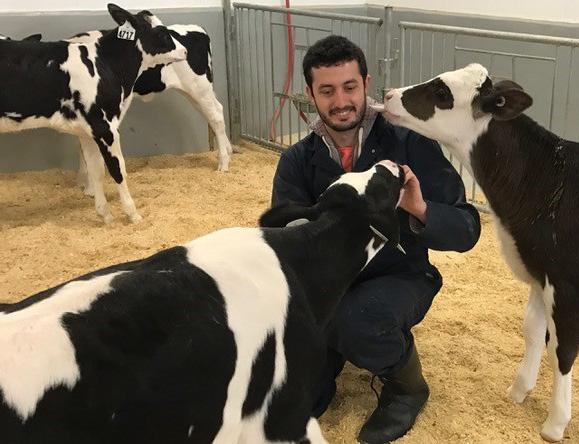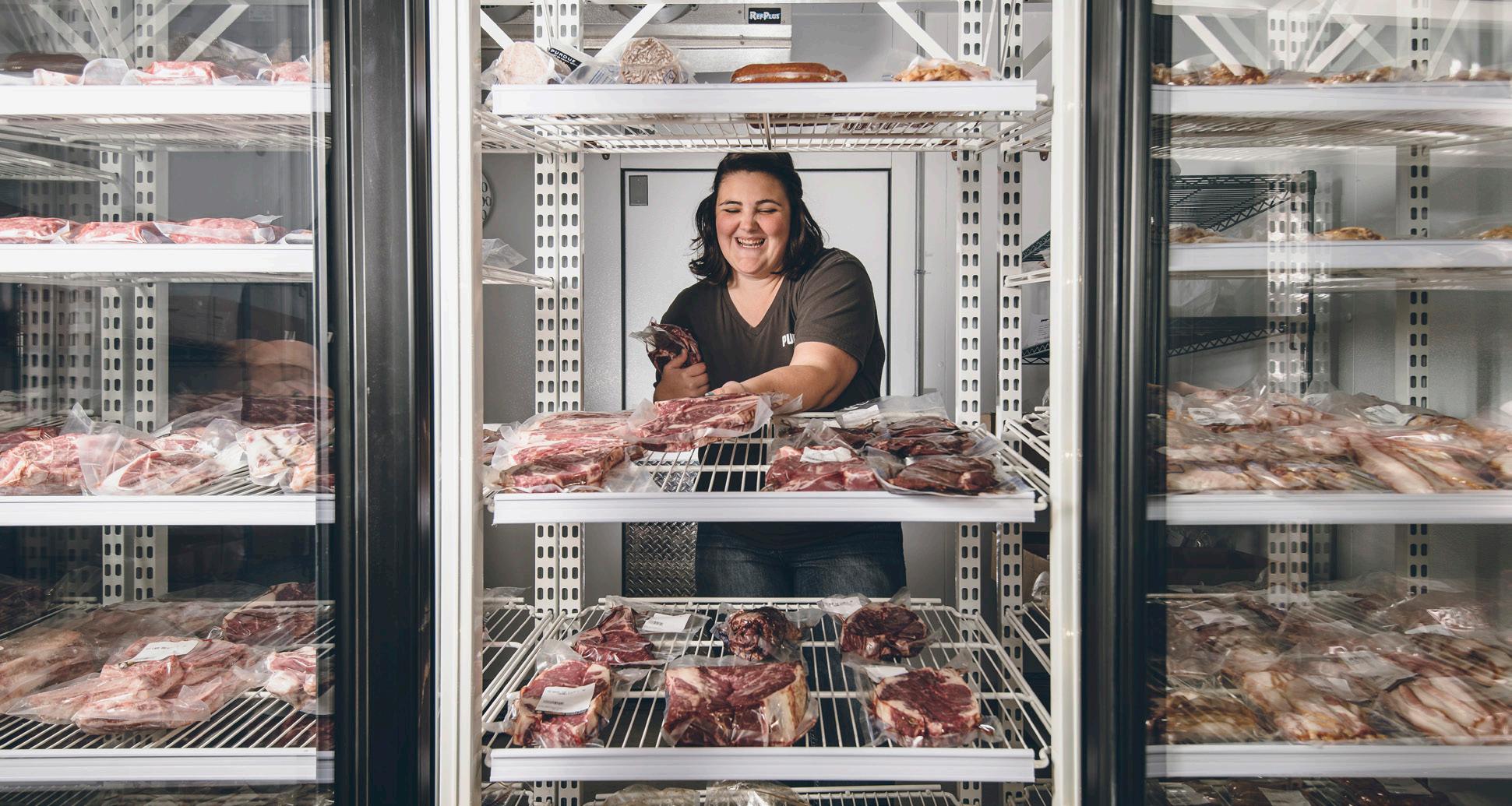
4 minute read
ALUMNI UPDATE


Advertisement
JESS JANSSEN • B.S. ANIMAL SCIENCES, 2018
Memories from Purdue: Jess Janssen was comfortable at Purdue before she became a student. Her mother Cheri Janssen is a program specialist for Purdue Pesticide Programs. “The majority of my classes ended up being in Lilly Hall, where my mother’s office is.”
Janssen participated in the Pathway to Purdue program, which allows Ivy Tech students to co-enroll at Purdue in preparation for an undergraduate degree in the College of Agriculture.
At Purdue, Janssen was involved in Block and Bridle Club, the ASREC Swine Unit and Collegiate FFA. Her fondest memories include study abroad trips to Costa Rica and Ireland.
ROSS JABAAY • B.S. ANIMAL SCIENCES, 1968; M.S. ANIMAL SCIENCES, 1973
Memories from Purdue: “I was not an outstanding undergraduate student,” recalls Ross Jabaay. “Despite that, my advisors, Dave Pfendler and Hobe Jones, had a huge impact on my studies, as well as prepared me for a career.”
Purdue continued to shape Jabaay’s life, as it was where he met his wife, Judy. The two celebrated 50 years of marriage in June.
Jabaay graduated during the Vietnam War. Expecting to be drafted, he joined the Air Force Veterinary Corps. His primary mission was food inspection and sanitation of base retail and food service facilities.
After the war, Jabaay returned to Purdue for graduate school. “I chose the field of meat science because of the military experience and because it was
MAX JUDGE • B.S. AGRICULTURE, 1954; PH.D. ANIMAL PHYSIOLOGY, 1962
Memories from Purdue: Upon completion of his bachelor’s degree, Judge served as an officer in the U.S. Army Corps of Engineers from 1954 to 1956. Judge earned his master’s degree at The Ohio State University, returned to Purdue in 1958 and began instructing classes.
“I taught the first meat science course at Purdue and was given the opportunity to develop our program.”
“We could see things that happened out in the world as a result of our research. When I was on leave in the Netherlands, we had a country-wide effect on the kind of pork they produced.”
Judge found that Dutch farmers were raising stress-susceptible pigs whose
From a young age, Janssen expected her career would involve cattle. A summer internship in South Dakota with the American Angus Association seemed to confirm that path.
Today: “I knew I wanted to go to grad school, I just didn’t know what I wanted to learn,” she recalls. During her internship, Janssen heard about South Dakota State University (SDSU) and found she had a connection. “Stacy Zuelly, my meat science professor, was at SDSU before she came to Purdue.”
Zuelly introduced Janssen to Amanda Blair, a Purdue alumna working with beef cattle research at SDSU. Janssen is currently a graduate research assistant at SDSU pursuing her master’s degree.
Recently, an opportunity to work with Turner Enterprises, Inc. shifted Janssen’s focus from cattle to bison meat quality.
“My thinking had always been cattle, but I happened to be in the right place at the perfect time. I’m now entertaining the idea of a Ph.D. and would like to continue my work with bison.”
Advice to current students: “Don’t be narrow-minded to the point where you can’t see beyond a specific path. If I did that, I wouldn’t have gotten nearly as much out of my experiences.”
related to the livestock industry. Max Judge was my major professor and he ignited my passion for the meat industry.”
In the field, Jabaay worked with ingredient suppliers, equipment suppliers and design engineers on new and modified processing lines to improve the quality of products.
He served on the American Meat Institute Scientific Advisory Committee for almost 40 years. During this time, the industry faced several issues, including questions about the safety of sodium nitrite in the 1970s and the emergence ofE. coliO157:h7 andListeria monocytogenesas major food pathogens in the 1990s. Jabaay credits his experience at Purdue for preparing him to counter these industry-defining threats.
Today:“I am really enjoying retirement. It is great to have more time to spend with my family.” Jabaay is restoring a 1958 John Deere 620 tractor and participates in tractor rides across Iowa with his three grandsons.
Advice to current students:Consider internship programs. “You can learn far more about whether you fit the culture of a company during an internship than you can ever learn in a job interview.”
endocrine responses negatively impacted muscle formation. Pigs of that genetic strain are no longer raised in the Netherlands.
His team’s research had further applications, including a study of the post-mortem changes in pig muscle. The findings were used by McDonald’s in the development of the McRib.
Judge served as interim head of the Department of Animal Sciences for portions of 1985 and 1986. In 1995, Judge retired from Purdue.
Today: Judge resides with his wife Phyll Ann near one of their three daughters and his son-in-law on a horse farm in Virginia.
Judge wrote several books, including “The Bronco Girl,” a biography of his daughter, who trains and rides the Denver Broncos’ mascot, Thunder.
Thanks to a fundraiser led by Ross Jabaay, Judge was recently recognized with a named space in Purdue’s Land O’ Lakes, Inc. Center for Experiential Learning, the Max Judge Classroom for Meat Science and Muscle Biology.
Advice to current students: “If you’ve grown up managing animals, whether it was on a farm or living in a city with a dog, think in terms of how that experience could lead you into an education in science.”







